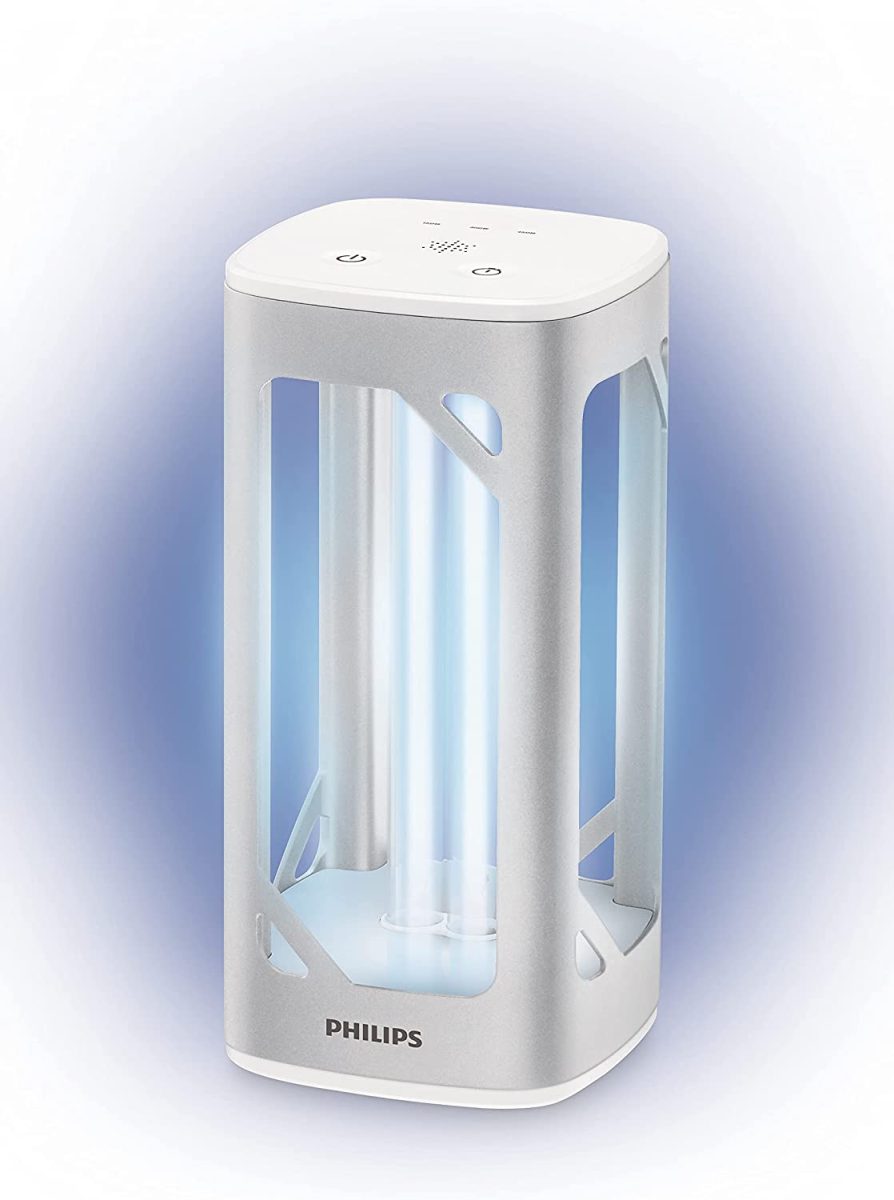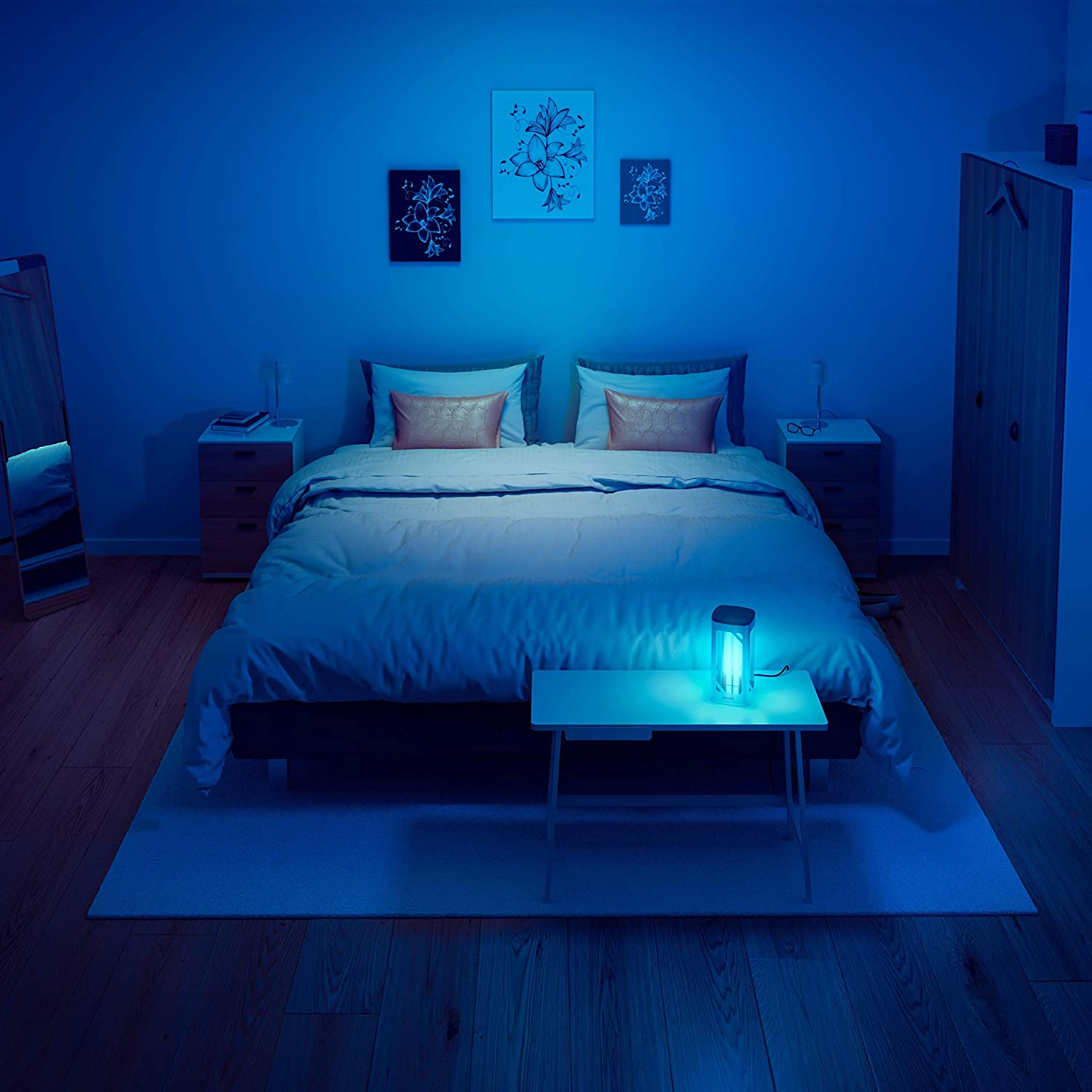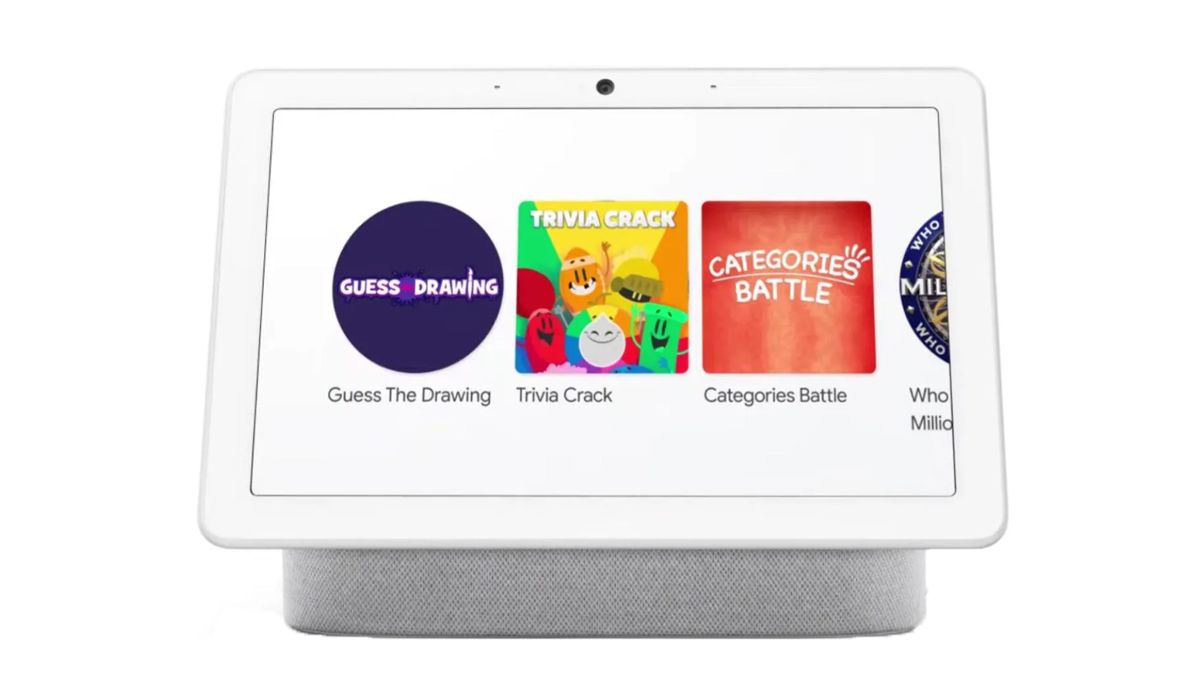UV lamp fights fungi, viruses and bacteria in the home
We humans must respect other species and live in harmony with the rest of nature. But every once in a while those pushy microscopic mutts need to know who the hell is in charge of the house. A UV lamp is the ultimate statement of the most dangerous predator on earth to make that clear to those sneaky creeps.
Contents
What is a UV lamp?
An ultraviolet lamp emits ultraviolet (UV) radiation. UV is light, but with a wavelength so short that we cannot see it with our eyes. The great advantage of ultraviolet light is that it kills single-celled organisms, viruses and fungi. this especially applies to UV-C radiation.
UV-C radiation, with a wavelength between 50 and 200 nm, is so energetic that it rips DNA apart. Fortunately for us, UV radiation, especially the most dangerous UV-C radiation, is almost completely blocked by the ozone layer. This is also fortunate for another reason. This means that unicellular organisms and annoying critters such as house dust mites have hardly developed resistance to UV-C radiation.
This means that a UV lamp that emits UV-C radiation is very suitable for getting rid of virus particles, fungi, bacteria and dust mites, for example. Use these lamps for fifteen minutes, half an hour or three quarters of an hour and the amount of nuisance microscopic organisms within range of the UV radiation drops enormously.
What is the best ultraviolet lamp?
There are different types of UV lamps. For example, a sunbed contains UV-A lamps (and sometimes UV-B lamps). This is the UV radiation that makes you tan. Older wafer stepper machines, which are used to etch computer chips, contain a powerful UV-C lamp. Reptile enthusiasts know that some species need UV light and buy a UV lamp to keep their turtle, gecko or iguana healthy. But do you want a UV lamp specifically to kill microorganisms? Then a UV-C lamp is by far the best.
These lamps also exist in various versions. For example, there are small, portable ones that you can use to disinfect a surface. Philips sells a model that is about the size of a table lamp, with which you can disinfect rooms in the house. There are also UV disinfection devices that you can put objects in to disinfect them that way.
What are the advantages of a UV lamp?
Cleaning with UV light means you don’t need harsh, toxic chemical solvents or disinfectants. UV light also cleans much more effectively than chemical agents, leaving no traces of chemicals behind. With delicate objects, the risk of breakage or scratches is drastically reduced.
It also makes a huge difference in terms of energy consumption. For example, compare a round of vacuum cleaner with a device of 1000 watts, with the 25 watts of the average UV lamp. Another big advantage is the time savings. While the UV lamp is on, you do something else. If you opt for an alternative cleaning method, you will often be busy for an hour or more.
Then there is the benefit of cost. A UV lamp saves hundreds of bottles of cleaning agent. There are other reasons to clean, of course, for example to keep the kitchen fresh.
What are the disadvantages and dangers of a UV lamp?
UV radiation, especially UV-C radiation, is far from harmless. It tears apart the DNA of micro-organisms, but also of our skin cells. Therefore, stay far away from a UV-C lamp in operation. Another disadvantage is that not only micro-organisms, but also humans, animals and plants cannot withstand UV-C light. So bring your plants to safety, or protect them with a curtain before you switch on the UV-C lamp.
A second disadvantage is that this extremely high-energy radiation converts oxygen into ozone. High in the atmosphere, this is good news, because that is how the ozone layer is maintained. But ozone is a toxic and imitative gas that is also quite chemically reactive. So a gas that you would rather not inhale. The third disadvantage is that UV-C radiation can also affect certain dyes, which can cause things to discolour over time. So use the UV lamps in moderation, but a few times a week is fine. Especially if you are allergic to house dust mites, this is a godsend.
Philips UV-C disinfection table lamp

This is the UV disinfection lamp that I personally own and therefore the only one that I can say something about based on my own experiences. This Philips UV-C disinfection table lamp (€30) is made by former Philips subsidiary Signify. The lamp consists of two tubular UV-C lamps, surrounded by a sturdy metal protection. The radiation emitted by this lamp has a wavelength of around 253.7 nm. Within eight seconds, the lamp destroys 99% of all covid-19 virus particles less than two meters away, according to scientific research.
Signify has clearly put a lot of thought into security. As soon as you activate the UV lamp, an electronic voice gives safety warnings in your choice of English, French, Spanish or German. After pressing the on/off button for 3 seconds, you have to choose the duration (15, 30 or 45 minutes) and then you have to leave the room where the lamp is placed.
The lamp contains a motion detector that automatically switches off the lamp if something or someone moves within 5 m of the lamp. Even a movement behind a glass pane, which effectively blocks UV radiation, is detected. After the lamp switches itself off, you can enter the room again.
Taken out of production
According to Signify, the UV lamp kills more than 99% of all dust mites, viruses and bacteria with the prescribed treatment duration. This lamp is also bad news for mold in the bathroom or in other places, just say end of the exercise. In any case, I am happy with this purchase and I can also recommend it to other people.
Unfortunately, this UV lamp has been taken out of production due to falling demand. So make sure you are quick, for example on Amazon. This cheap virus killer is many times more effective than most other measures. Fortunately, there are other manufacturers who still make them, although they are not nearly as good as this model.



